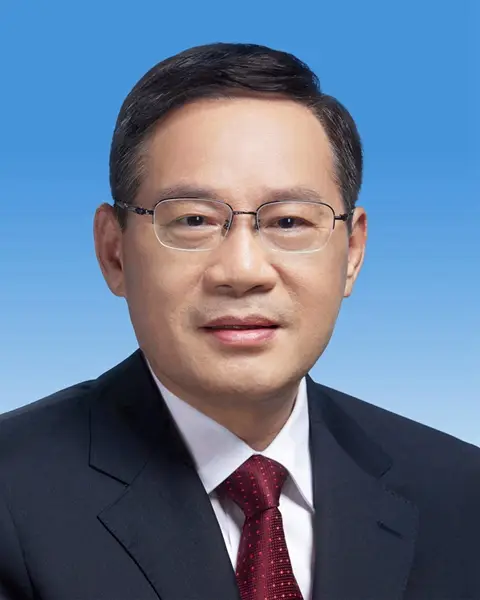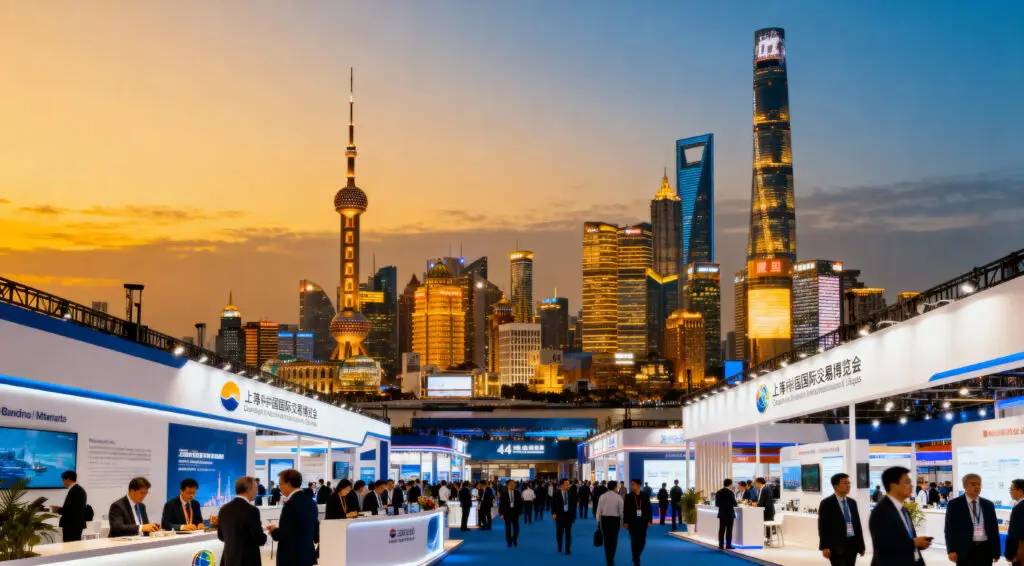China Targets $23.8 Trillion Economic Milestone By 2030
Premier Li Qiang said that by 2030, China’s economy is likely to be worth more than 170 trillion yuan, or $23.87 trillion. Li spoke at the China International Import Expo (CIIE) in Shanghai and called the forecast a big chance for the whole world.
He stressed that China’s ongoing growth would lead to growth in the global economy, even though trade barriers are getting stronger. Officials said that this prediction fits with the country’s 5-year plan, which aims for 4.17% growth each year.

Li Qiang Condemns Tariffs and Calls for Trade Reform
Li talked about the rising number of global tariffs in his speech and said they threaten the stability of international trade. He said these kinds of actions went against fair economic principles, but he didn’t name the United States directly.
Li said that China wants to change the way trade works around the world to make it more fair and clear, especially for developing countries. He said again that protectionism hurts both cooperation and the ability of businesses to compete.
CIIE Reinforces China’s Global Trade Leadership Ambitions
President Xi Jinping started the China International Import Expo in 2018 to support fair trade and open markets. The event puts China in the role of protecting global trade from growing isolationist policies.
Critics say that China’s trade surplus keeps growing, which makes it harder to get along with important partners, even though that’s what China wants. Economists say that even though China exports more goods, its imports aren’t growing as quickly as global demand.
Recommended Article: Thailand Approves 122B Baht Debt Plan To Help Small Borrowers
Fragile Trade Truce With United States Offers Temporary Relief
Global trade tensions remain intense following years of tariff escalations between Beijing and Washington. The latest meeting between Xi Jinping and U.S. President Donald Trump in South Korea resulted in a tentative truce.
Both nations agreed to suspend new export restrictions and reduce select tariffs on key commodities. Analysts, however, warned that the agreement may be fragile, with unresolved structural disputes threatening its durability.
China Promises Broader Market Access for Foreign Companies
Li pledged to expand China’s imports of highquality goods and services to strengthen international business confidence. He invited foreign firms to “develop in China with peace of mind and confidence,” signaling openness despite tensions.
The premier reiterated that China remains committed to fostering a stable and welcoming business climate. His remarks sought to counter skepticism about China’s regulatory environment and reaffirm investor trust.
Export Patterns Shift as Chinese Firms Diversify Markets
Despite U.S. sanctions, China’s exporters adapted by targeting new markets in Asia, Europe, and Africa. Data from September showed exports to the United States declined 27% year over year, but other regions saw growth.
Shipments to Southeast Asia rose 16%, exports to the European Union increased 14%, and African trade surged 56%. Economists say these adjustments reflect China’s bid to maintain export volume despite shrinking U.S. access.
China’s Economic Path Shapes Global Trade Outlook
With over 155 nations and 4,100 companies attending this year’s expo, China signaled enduring global engagement. U.S. firms continue to hold the largest exhibition presence for the 7th consecutive year, reflecting mutual dependency.
If China achieves its projected growth, it will remain the world’s 2nd-largest economy, profoundly shaping trade dynamics. Li’s message underscored Beijing’s determination to blend reform, resilience, and global cooperation amid turbulence.























